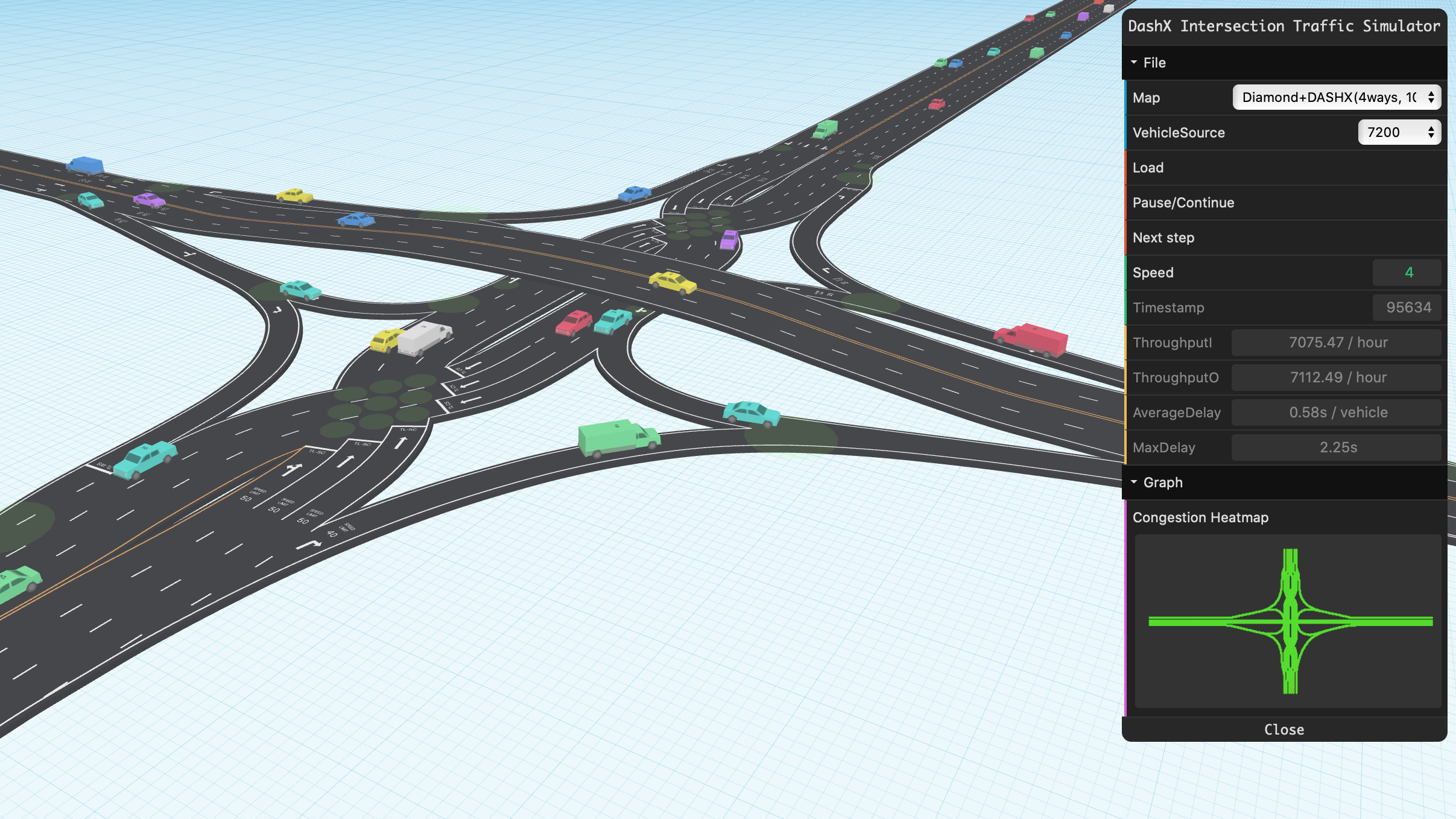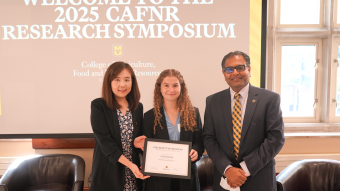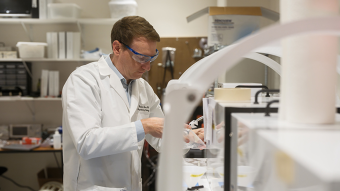April 7, 2021
Imagine getting through your evening commute safely and seamlessly without ever having to wait at a red light or stop sign. That’s what one research team at the University of Missouri College of Engineering is studying in anticipation of roadways filled with self-driving cars.
Dan Lin, a professor in electrical engineering and computer science, and Jian Kang, a PhD student, have developed a universal intersection traffic management system for autonomous vehicles. The system is known as Dynamic Autonomous-vehicle Stream Handling, or DASH.
DASH relies on intersection managers to detect cars as they approach a crossroads, then signal vehicles to either speed up, slow down or interweave in order for all cars to get through without interruption.
“The vehicles would provide basic information about speed, direction and which way they would like to go: left, right or straight,” Lin said. “The intersection manager — a small, local server — would calculate the plan for all cars entering during a certain time period.”
Now, Kang is working on ensuring security. If an autonomous vehicle were to be compromised nearing an intersection, other neighboring cars could be alerted and react accordingly. This includes maintaining a safe distance between vehicles approaching the intersection so that cars can stop in time.
“Without the security, this kind of system will not be deployed because a single malicious car could crash an entire intersection,” Lin said. “We want other cars to capture that information and evacuate as quickly as possible or just stop and let the vehicle go by.”
If you’re already white-knuckled just thinking about self-driving cars transporting you through a traffic light-less intersection, relax. Systems such as DASH aren’t possible until all vehicles on the roadway are autonomous — likely decades from now, Lin said.
But that doesn’t mean it won’t happen. Research is usually ahead of development by at least a decade, she said. When she was a PhD student, Lin proposed a way for motorists to search for nearby gas stations using an application.
“It seemed very futuristic 15 years ago,” she said. “Now, we do look for the nearest gas stations with our mobile devices.”




